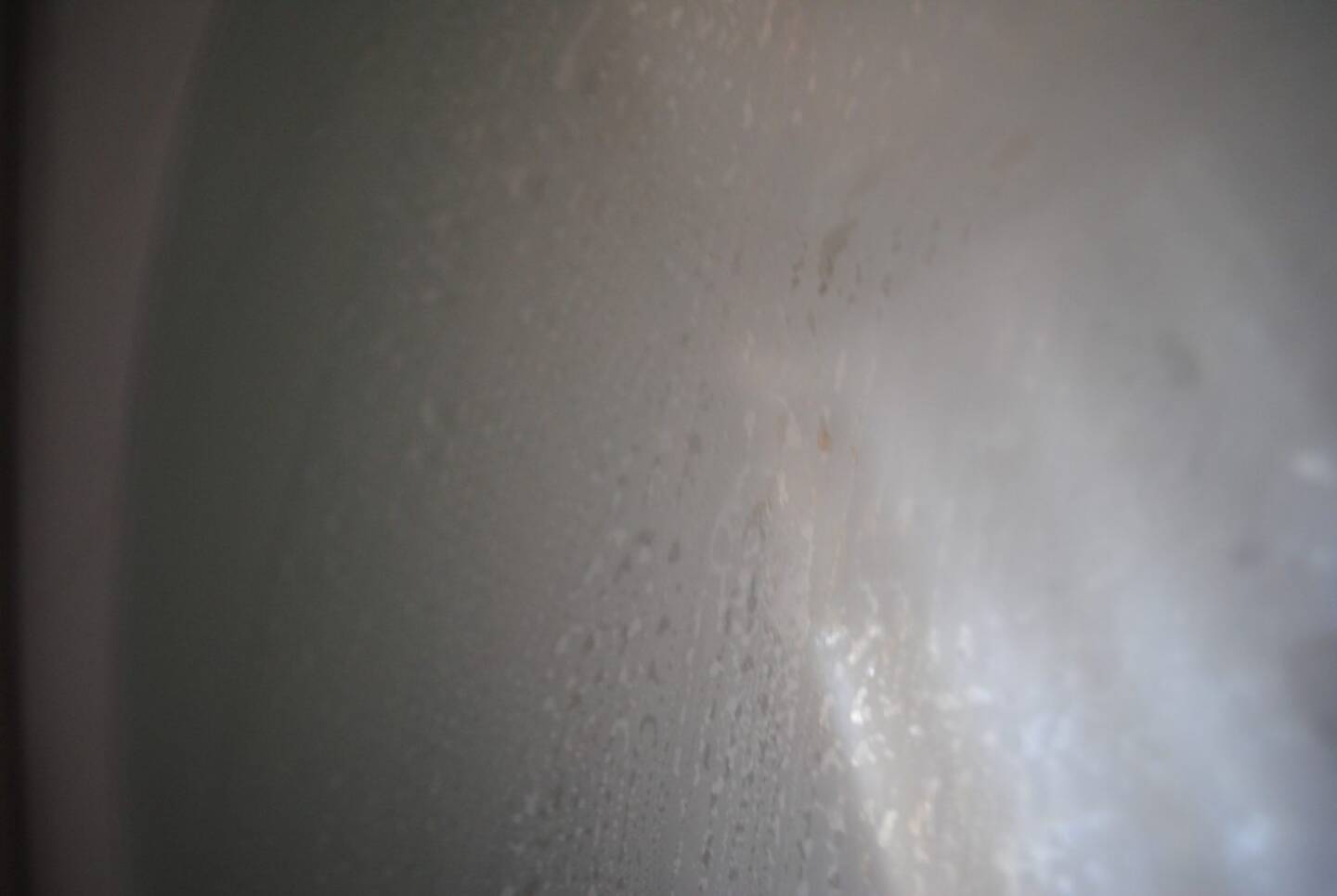Another year and another round of energy efficient windows fitted up and down the UK, keeping people’s homes warmer in the winter…and opaque in the cold winter mornings!
Yes the time of external condensation is back. The colder mornings herald in around 6 months of possible phone calls from disgruntled customers who think there is something terribly wrong with their windows that they paid a lot of money for. When in reality, it is just proof that the windows are doing exactly what they should be.
We have, as an industry, been selling energy efficient windows now for a few years and should now be well versed on what to say to customers when they do ring up to complain about this. But the key to keeping customers happy isn’t explaining external condensation after the job has been done, but right at the starting point. By explaining the the energy efficiency process at the beginning, and explaining that in certain climates you can get external condensation due to the high efficiency of the glass, you can nip in the bud potential future nagging phone calls.
I have written about this subject before a few times on here, and in my last post on the matter, this is the text I took from the Pilkington website to help explain, more technically, external condensation: The phenomenon is a natural and predictable event caused by the outer pane of the glazing being colder that the glass that it replaced. With single glazing and older style double glazing a larger proportion of heat was lost to the outside through the glass. With modern low e glass products more of the heat is kept inside and the outer pane is not heated as much. Moisture condenses out of the air onto a cold surface that is said to be below the dew point. The dew point varies with the air temperature and the amount of moisture it contains. In spring and autumn in particular the glass temperature can fall to a low level during the night and the dew point can be comparatively high in these seasons. The glass is more often likely to be below the dew point in these conditions and the moisture condenses onto the surface.
Probably not the best way to describe the condensation to the customer, but it does give good back up information if the customer starts to enquire as to why it happens.
Plainly and simply, there is bugger all that can be done. Customers need to deal with it and see it as proof that their salesman wasn’t lying when they said A rated windows work, and we all need to grow a pair and tell customers it happens right at the start of the process.




Condensation will be a real killer expense to some companies in the future, if they are involved with the growing market for External Wall Insulation. If windows remain in their original position when external insulation is added to the exterior of solid wall buildings. The dew point as you mention, will be ‘invited’ into the building. It is imperative that windows are projected out as close to the exterior of the building as possible. http://www.hinge-security.co.uk/news/news-articles/hanwell-locks There is an approved system available that guarantees no windows will drop after installation, and that condensation and mould do not come back to haunt… Read more »
Now they’re introducing “anti-condensation” glass, fussy customers are going to go straight on the websites, see it and then question why it wasn’t used or spec’d in the first place. I’m sure they’ll be very happy to pay a premium for it like they are with everything else when they are scratting around to save £10 on a house full of windows!
No exacerbated problems there then…….the fun is only just beginning.
Good idea – we’ve actually done a one page Factsheet (incorporating the Pilkington text…it’s ‘Science bit’ which we can email or post to customers and this seems to do the trick as we don’t hear from them again….unless its those customers who refused to have trickle vents in their windows in the first place because they didn’t want ‘holes’ in their windows.